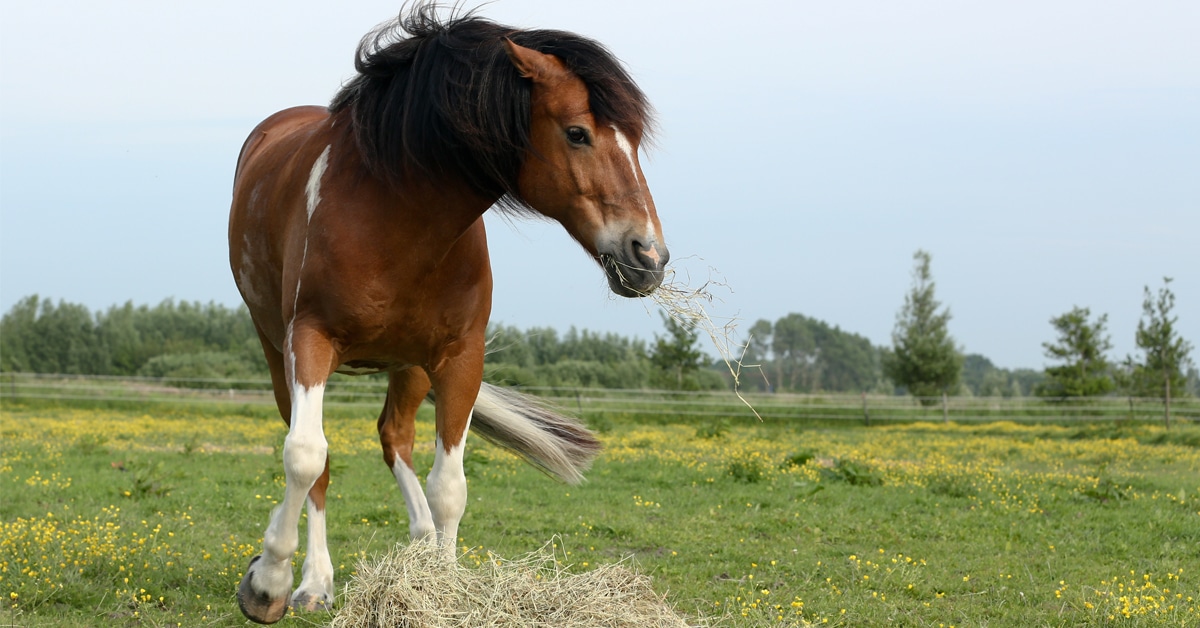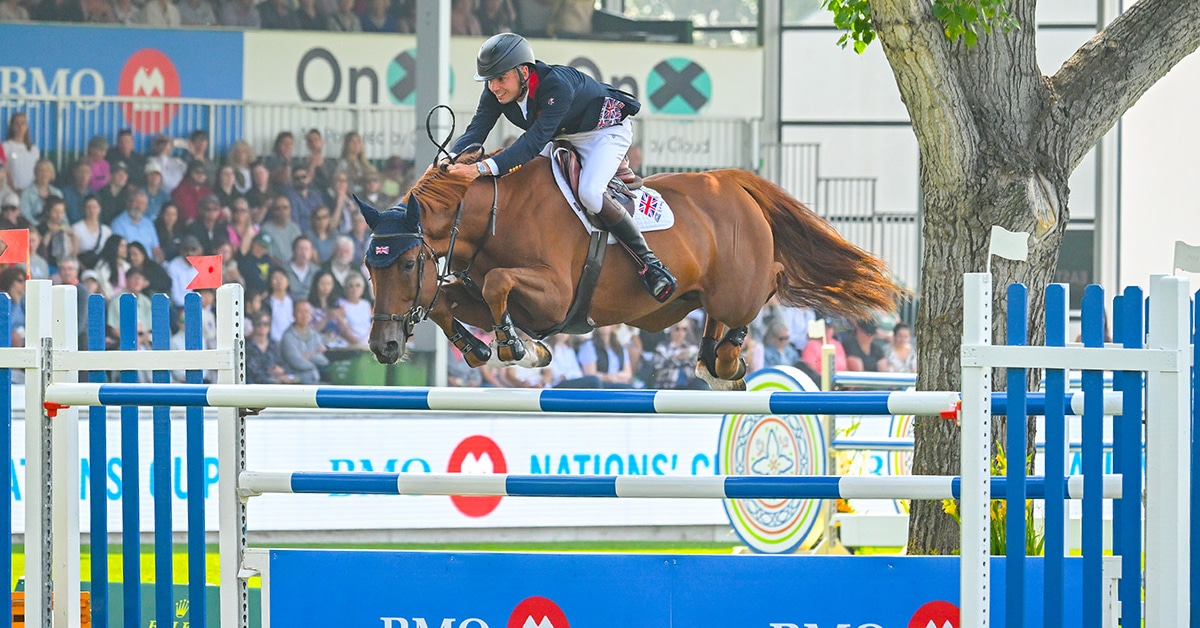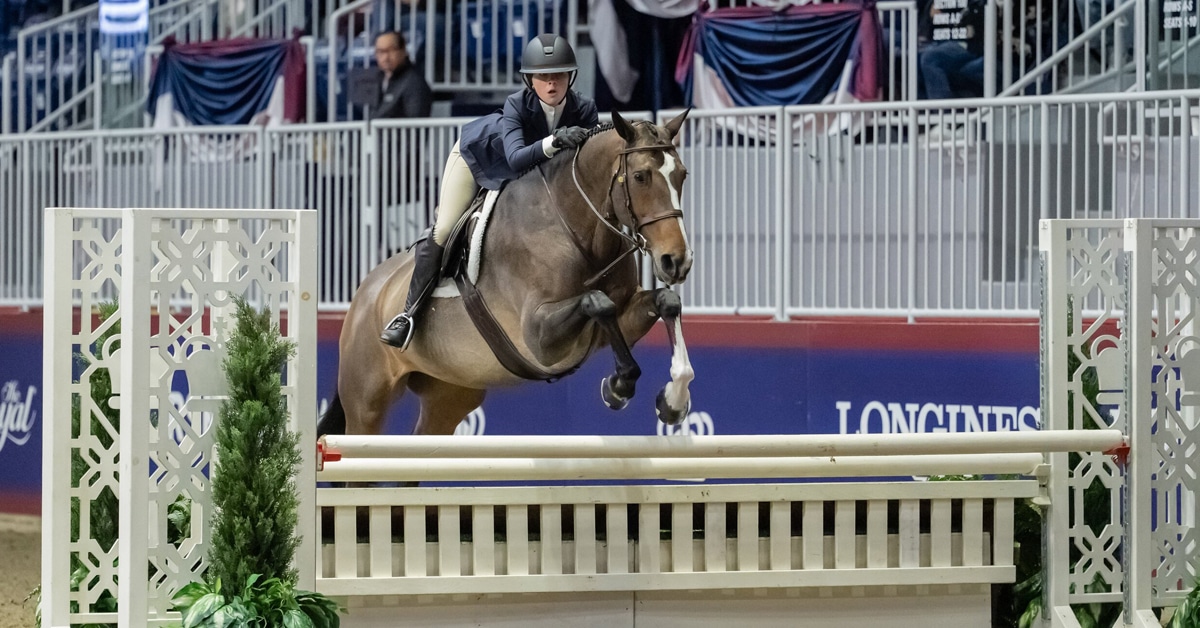Gary Barnes and Suzie Paddock are horse lovers. During the week, they live in their Toronto homes and work at their city jobs. During the weekends, holidays, and whenever they can escape from Toronto, they are neighbours holding adjacent properties. Each owns a property with a horse stable and about 50 acres of land. Gary’s property and Suzie’s property had, at one time, been part of a 200-acre section which had been farmed by Gary’s parents. The lands are close enough to Toronto that Gary and Suzie expect them to be developed within the next 20 years. However, there is a possibility that the properties may be sold to a real estate developer much sooner.
Gary would like to set his son, Bruce, up financially by transferring his property to Bruce. Bruce is thinking about emigrating to the United States. Suzie would like to transfer her land to her daughter, Penelope.
Gary and Suzie have a friend, Tom, who is experienced in all fields of knowledge that are related to horses. They ask Tom to suggest someone who can advise them on the nuances of transferring their properties to Bruce and Penelope. He tells them that there are tax rules relating to the transfer of non-farmland from a parent to a child and that there are a special set of tax rules relating to the transfer by a parent of a farming property to a child. He cautions Gary and Suzie that most mainstream tax and estate planning relates to non-farmland and recommends that they retain a tax lawyer who is familiar with both sets of rules.
Gary and Suzie want to meet the tax lawyer together, but it is not in their best interests. If they meet him separately, they are entitled to confidentiality, which could be lost if they meet him together. In addition, their two situations may be different and may require different answers.
The tax lawyer advises Gary and Suzie that there are many tax planning options to consider. There is the $1,000,000 lifetime capital gain exemption for farmers. There is a possibility of multiplying the lifetime capital gain exemption. There are pros and cons to transferring the properties to a corporation. Sometimes it is advisable to use trusts. Sometimes special provisions should be included in wills. Gary and Suzie agree that they will have an initial meeting with the tax lawyer in which they discussed a couple of basic options.
Tax Lawyer: There are two tools which can be used to transfer farm properties to children. One is the lifetime capital gains exemption which may shelter up to $1,000,000 of capital gains from tax when the property is used in a farming business. The rules relating to this tool are very complex. In some cases, a tax called “alternative minimum tax” may apply when the lifetime capital gains exemption is used. We can discuss the lifetime capital gains exemption at the next meeting if you wish. The second tool is the farm rollover which can be used to defer capital gains and capital gains tax until the child disposes of the property.
Gary: How does the second tool, the farm rollover, work?
Tax Lawyer: Suppose that the property has appreciated significantly since you acquired it. Let’s say that your cost is $500,000 and that your property is now worth $2,500,000. Let’s also say that you do not qualify for the $1,000,000 lifetime capital gains exemption and that you decide to gift the property to Bruce. In the absence of the farm rollover, you would be deemed to receive $2,500,000 on the gift of the property to Bruce. That would result in a capital gain of $2,000,000 and tax owing of approximately $500,000. By using the farm rollover, you could defer the $500,000 of tax until Bruce disposes of the property. There are some complicated rules that apply if you decide to sell, rather than gift, the properties to Bruce.
Gary: How do I benefit from the farm rollover?
Tax Lawyer: For me to determine whether you can benefit from the farm rollover, I need to know how you use your properties.
Suzie: I offer horse boarding, horse riding lessons, and dressage training.
Gary: That is exactly what I do.
Tax Lawyer: Do you have any other activities? For example, do you raise or breed horses? Are you involved in horse racing?
Suzie: I do not do any of those things now. However, I was involved in horse racing until four years ago.
Gary: I do not have any other activities. However, when my parents owned the property, they farmed most of it and they raised and bred horses.
Tax Lawyer: One of the requirements for the farm rollover is that the property be used in farming. I have bad news and I have good news. First, the bad news: the CRA does not regard horse boarding, horse riding lessons, or dressage training as farming. Now for the good news: it is not necessary for there to be farming immediately before the transfer of the property to the child. Suzie, your prior activities can be used to qualify for the farming requirement provided that you carried them out over more than 50% of the years in which you owned the property. I will call this the “50% Test.” Gary, even your parents’ activities can be used to qualify for the farming requirement. However, you may need records that confirm their activities. We can talk about whether the years in which your parents owned your property help you satisfy the 50% Test.
Gary: Are there any timing considerations that I should be aware of? Can I think about this and make my decision next year?
Tax Lawyer: Gary, you said that Bruce is thinking about emigrating to the United States. The farm rollover is available only if Bruce is a resident of Canada at the time of the transfer of the property to him. You also mentioned that the sale to a real estate developer may be moved up. The farm rollover is not available if the properties are sold to a third party within three years of the transfers by yourself to Bruce and Suzie to Penelope. If the property is not currently used for farming, there is a possibility that you currently satisfy the 50% Test but will not satisfy it in the future.
There are additional requirements. Gary, did your parents farm the property on a commercial basis or as a hobby? Do you have any records which will verify that your parents farmed the property on a commercial basis? Suzie, how about you?
Suzie: Why does it matter?
Tax Lawyer: One of the requirements is that the land be used in a farming business. In order to qualify as a business, as opposed to a hobby, there must be an element of commerciality. The CRA may look at the amount of money invested, the amount of time devoted to the farming venture, and purchases of buildings, machinery, and equipment. Some complications may arise if some, but not all, of the property is used for farming.
Suzie: Would I have to devote my own personal time, or can I delegate to employees?
Tax Lawyer: Provided that you have the appropriate legal and tax documentation, you can have another person or persons to do almost all of the work on the farm. However, you must be actively engaged on a regular and continuous basis. You should exercise general management and control. You should contribute enough of your time and attention to the business that your contributions are determinant of the success of the business.
The Latest









